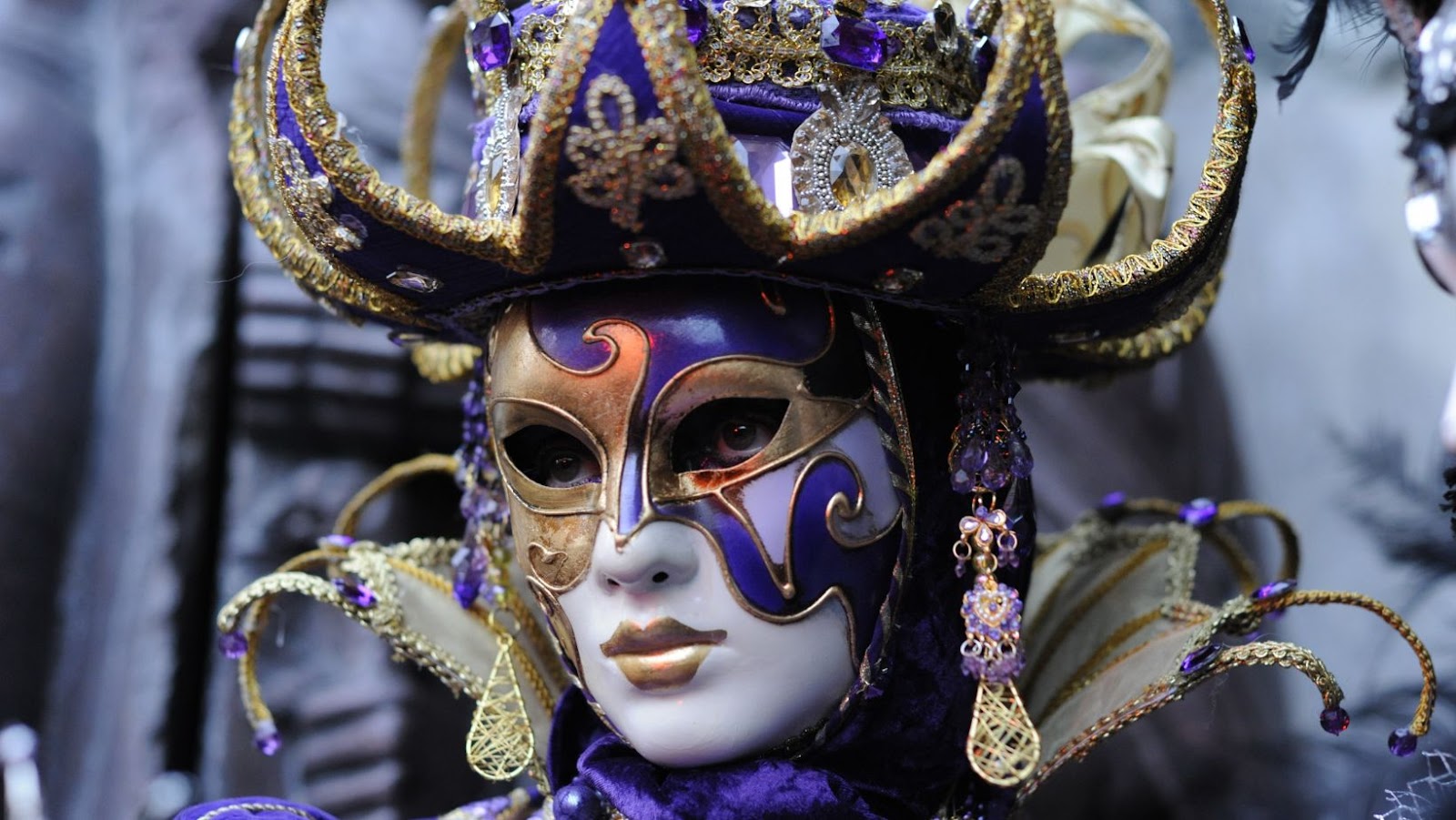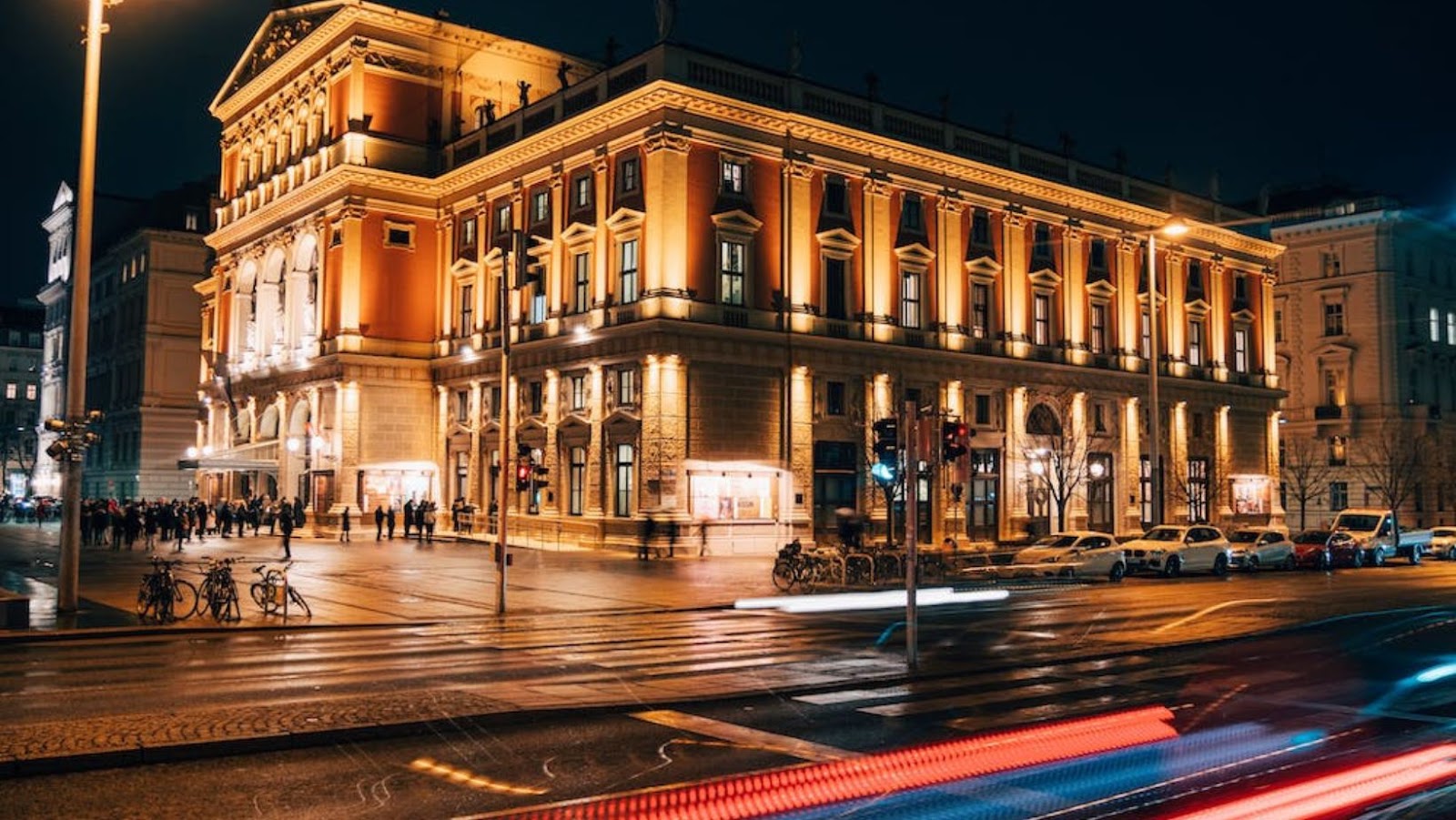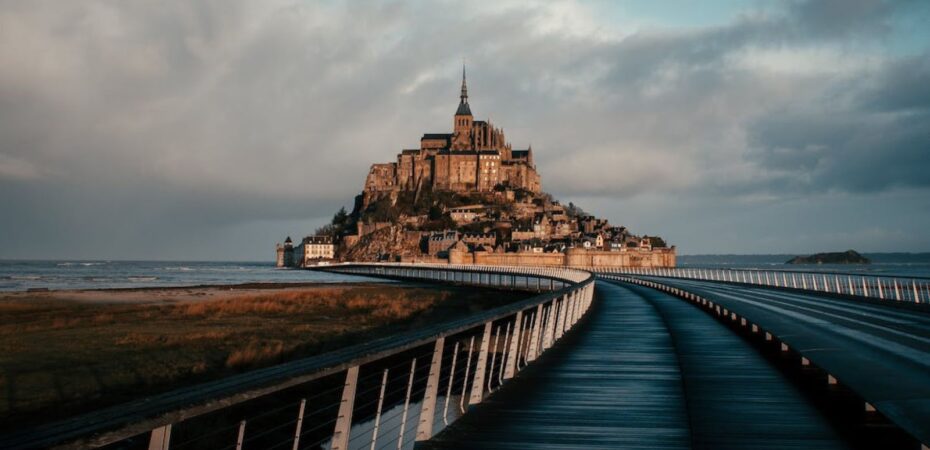With the comfort of hindsight, the Middle Ages provide an incredibly fascinating area of interest for many. The epoch stretched from around 500 AD after the fall of the Roman Empire, then spanned another thousand years until the Renaissance took off in the mid-1400s. But not everyone calls this era the ‘Middle Ages’ or Medieval Europe.
Many know it as the Dark Ages. The name is based on the loss of knowledge and culture from the Mediterranean. As power systems broke apart, small feudal kingdoms gained control throughout Europe. Unsurprisingly, these feudal kingdoms were centers of the Black Plague more than they were of enlightened thought.
Still, that doesn’t mean the traditions from the Middle Ages aren’t fascinating, especially later on as the Renaissance began. As old traditions and art forms gave way to more complex expressions of science and art during the Renaissance, entertainment, in particular, slowly evolved into a more modern form. Along with medieval sites and practices, the Renaissance stokes curiosity in many travelers and is the main subject of tourism in many cities.
From medieval and Renaissance-era entertainment to important historical landmarks, we’re taking you on a tour of Europe. Rather than focus solely on architecture, we’re also zeroing in on places where you can still find vestiges of entertainment and culture from the days of yore.
Casino di Venezia, Italy
Gaming Back in The Day
The Casino di Venezia in Venice opened its doors back in 1683 during the era of the Renaissance. At the time, it was a palatial residence for a wealthy family, but soon included a room for gaming. One of Europe’s oldest games is blackjack, which emerged in France sometime in the 1600s. The game remains popular today, though most players stick to online platforms because they’re more accessible than brick-and-mortar locations, like the Casino di Venezia.

However, playing blackjack in the Casino di Venezia today would be one of the best ways to step back in time. Not only did players from these early days of the Renaissance also play blackjack, most likely known as vingt-et-un, but they probably used similar strategies that players would recognize today.
Mont Saint Michel, France
A Look at Medieval Fortresses
This picturesque fortress is one of the most recognizable castles from medieval Europe—in part thanks to Walt Disney’s usage of the image as its logo. However, this little island off the coast of Normandy is certainly bigger than Disneyland and worth a visit.
The fortress remained unconquered during the Hundred Years’ War whilst fending off the English. However, it’s also been the focus of many pilgrimages thanks to its Abbey and even served as a prison for a while during France’s internal conflicts. As a UNESCO World Heritage Site, the location is protected by the French government, as are the island’s 29 residents.
Arundel Castle, UK
Jousting Displays
Back in the Middle Ages, the main forms of entertainment were card and casino games, including roulette, along with courtly theatrical shows and performances by minstrels. However, jousting was also a staple in terms of entertainment. And some locations have gone above and beyond to preserve this equestrian history.

Arundel Castle in East Sussex was built in the 11th century, during the height of the Middle Ages—and it remains the official seat of the Earls of Arundel. The castle is well-preserved for visitors, and one of its primary events is jousting. Last year, it even hosted the International Medieval Jousting Tournament. If you’re interested in catching one of the jousting events, be sure to plan your visit ahead of time, as the events aren’t regularly scheduled.
Golden Auditorium, Austria
Classical Music From Medieval Days
One of the greatest results of the Renaissance was an explosion of music and musical talent. However, the Middle Ages didn’t entirely lose touch with its musical craft. In fact, some places around Europe continue to display their medieval musical roots—and Austria is one of the best.
Vienna is home to multiple auditoriums, some of which hosted talents like Mozart, Beethoven, and Johann Strauss. Though these artists are squarely in the period of the Renaissance rather than the Middle Ages, places like the Golden Auditorium curate unique shows that include a wide range of classical styles. Many of these include odes to medieval classics, including Gregorian chants and early polyphonic projects that included layering vocals and instruments.


 By
By 




